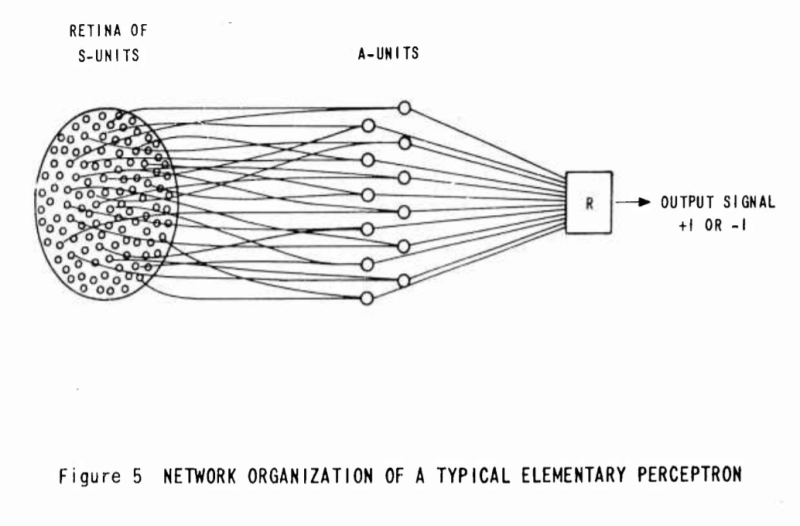Orit Halpern
Smartness Menifesto
What is smart? Some lessons from studying banal but cloudy infrastructures.
When we think of smartness today, we often think of banal greenfield developments all over the world, whose only apparent task is servicing global capital flows by transferring information. But what is "smart"? An examination of the definition of smartness on the internet discovers multiple meanings:
1 Autonomy: Machines are smart when they can autonomously make decisions.
2 Intelligence: People are smart when they say witty things (perhaps which fool machines).
3 Aesthetics: One can dress "smartly" when one is wearing something very current, "streetwear," or very distinctive.
4 Pain: Injuries can "smart." Smarting is a dull, continuous pain that does not go away.
There is a lot to learn from these definitions.
1 Smartness Is Not Reason
When we think of "smart" we often think of reason, and also about autonomous individuals making "free choices." But if you study the history of neural networks and deep learning, you are forced to remember that for cyberneticians in the 1940s and 1950s, both machines and minds were unknown. They did not ask if minds and machines were alike but rather, "If a neuron had these properties what could it do? What could we build?" These were experimental epistemologies whose central premise was that mind and body were linked. Our machines have taught us that many things are material and that all thinking is embodied, but not all thinking is the same. As the character of Alan Turing said in the movie The Imitation Game, "You are asking the wrong question, it's not whether machines can think like us, but rather that there are two different types of thought." Our machines can reveal this to us. But they also revealed that nature had many intelligences—ants, swarms, organized behaviors. These things are not human; we should not try to make them so. But we can learn from them. If we want machine learning to make decisions, what we learn is that those decisions will not be made alone, but rather in relation to other neurons in the nets and to other data in the population. Machine thought is always grounded in big data, and big data is never composed of sovereign, liberal individuals. Autonomy will no longer be linked to individual subjects.
2 Smartness Is Extra-embodied
Smartness is also about data, which is to say it is about populations. It's not about one body, but many. It allows for extra-sensory intelligences. It doesn't make human perception obsolete, but it does make use of human limitations on perceiving time and space to gain extra powers. It follows from this that "smart systems" create new rules. On one hand, machines learn from large data sets. In that sense, all smart systems can be racist, sexist, and normative because they embody social norms at scale. Today, as we develop evermore computational and calculable ideas of intelligence, but also impose these older histories of human intelligence on cities—for example with new quantifiable and rationalized metrics such as the urban ISO for standardizing best practices between cities—it's important to remember how racist, violent, and normative this history is. These standards are rarely built for everyone and have put new pressure on cities, especially in the Global South, to focus on becoming global and technological cities instead of diverse, plural, or healthy ones.
3 Smartness Is About Difference
On the other hand, smartness can be wily. It can be queer. For an evolutionary biologist such as Ernst Mayr, one of the keys to understanding how evolution could produce novelty—for example, the emergence of new species—was to recognize the importance of individual uniqueness within populations. He sought to capture this approach to populations in the concept of "population thinking," which he proposed in the late 1950s. During the same time—and, in some cases, through direct engagement with biologists such as Mayr—computer scientists interested in optimizing complex processes (for example, industrial production processes) began to see natural, biological evolution as an instance of learning and to propose that computers could solve complex optimization problems by generating large "populations" of different solutions and then simulating both "mating" and competition among them.
The fundamental ground of smartness is big data machine learning. This assumes that a population is capable of self-organization and new capacities.
4 Smartness Is Not Artificial
To look smart is not to be a fake. It can even be subversive and non-normative. It’s performing something that isn't possible, but one wishes it could be. It's a wish-image for a future that isn't here. And it's a call to others to notice, to care. In that sense, it could have an ethical imperative. To care for others' pain as a reality. I add this final category because today smartness is rapidly being phased out by artificial intelligence. To use the word artificial is to assume there is only one actual intelligence, a human-centered intelligence. But I want to cling to smartness, because it isn't necessarily human. It might be modeled on ants or octopuses or even humans who are not always Western and male. Smartness is networked and ambient and out there, and around us. Sometimes it hurts not being at the center of the network, but that can also be a good thing.

New Songdo: "Smart" City, Incheon Free Economic Zone, South Korea
2012.7.4
Photo: Orit Halpern
Courtesy of the author

Network organization of a typical elementary perceptron.
source: Frank Rosenblatt,Principles of neurodynamics. perceptrons and the theory of brain mechanisms. Cornell Aeronautical Lab Inc Buffalo NY, 1961.